These instructions describe how to connect your TIM Enterprise system to a Microsoft Teams account, allowing you to analyse your Teams calls in the same way as standard phone calls.
Connecting TIM Enterprise to your Microsoft Teams account is very similar to the way you connect to any other PBX or communications service:-
Add new object window that appears, select PBX from the Other object list, then enter a name for the data source - such as "Microsoft Teams" - at the bottom of the window.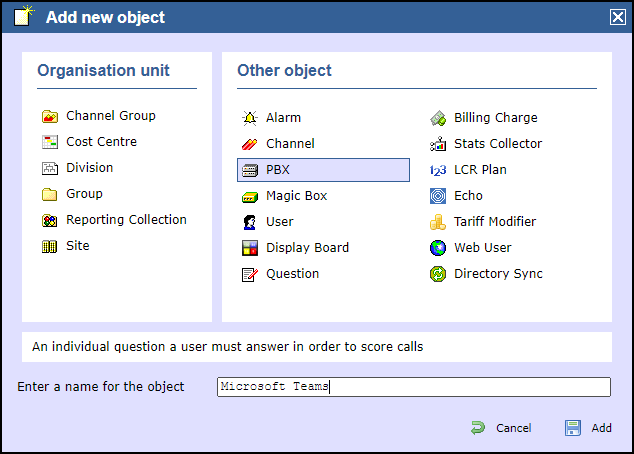
Click on the newly-added data source object in the directory list, then choose Properties from the pop-up menu in order to configure the data source:-
Microsoft Teams in the Data format list on the right.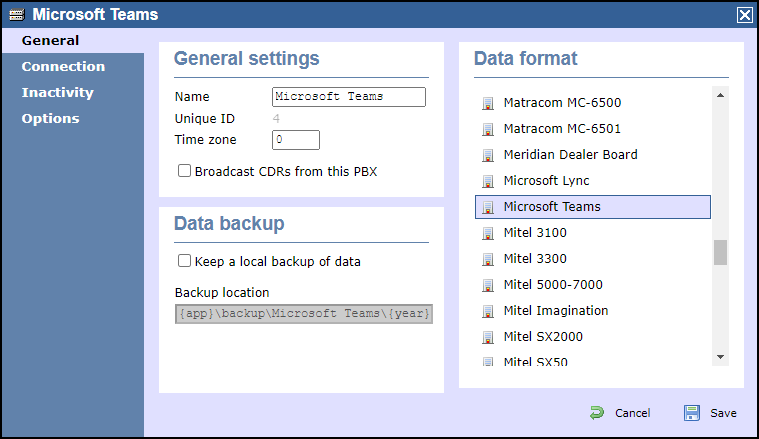
OpenCDR as the connection method in the left-hand panel.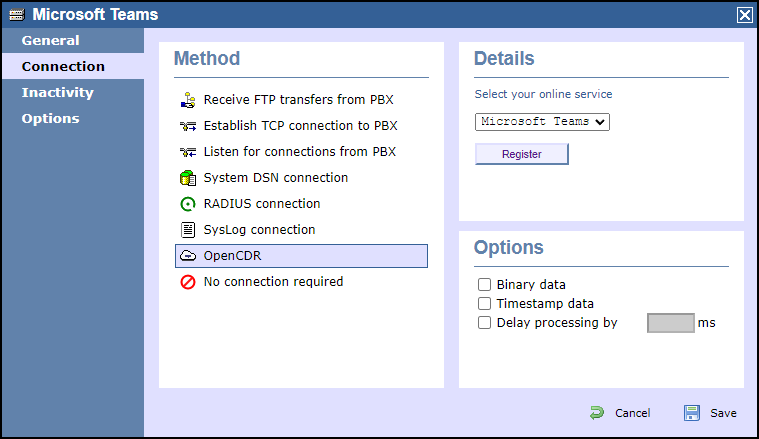
Microsoft Teams from the drop-down list of online services, then click 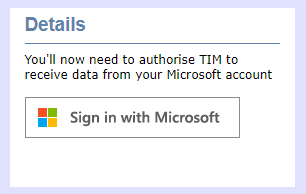
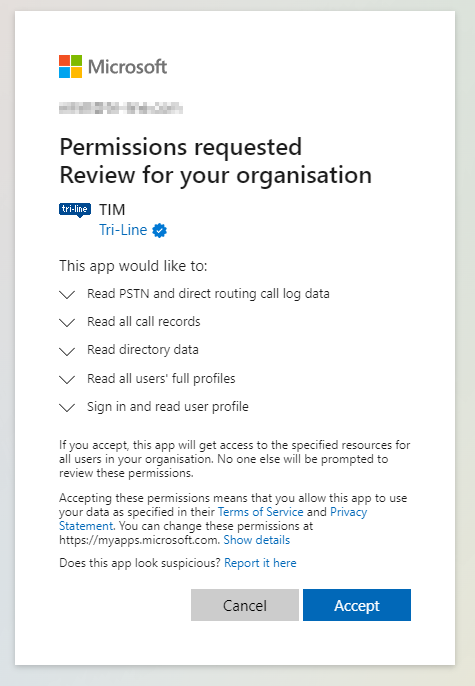
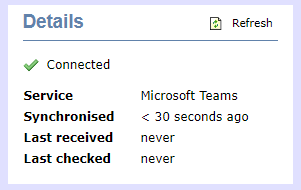
Automatic directory synchronisation
TIM Enterprise will automatically synchronise its directory with your Microsoft Azure directory every day to ensure that all of your Teams users' details are propagated to the TIM Enterprise directory.
TIM Enterprise is limited to read-only access to your Microsoft Teams users, so changing a user's details in TIM Enterprise will not change the user in Microsoft Teams.
Because the access is read-only, you can group Teams users into different groups within TIM Enterprise without affecting group membership in your Teams account, which can be useful for comparisons across your Teams groups.
As with any other data source - such as a PBX - all of your Teams calls and meetings are fully integrated into the TIM Enterprise platform, including in reports and live display boards.
Available call types include inbound calls, outbound calls, internal calls, conference calls and missed calls.
Calls into your Teams account from outside Teams, such as PSTN (Microsoft Calling Plans) and Direct Routed (SIP) calls are also fully captured by TIM Enterprise.
TIM Enterprise captures calls from Teams meetings hosted both within your tenancy and those from external Teams meetings.